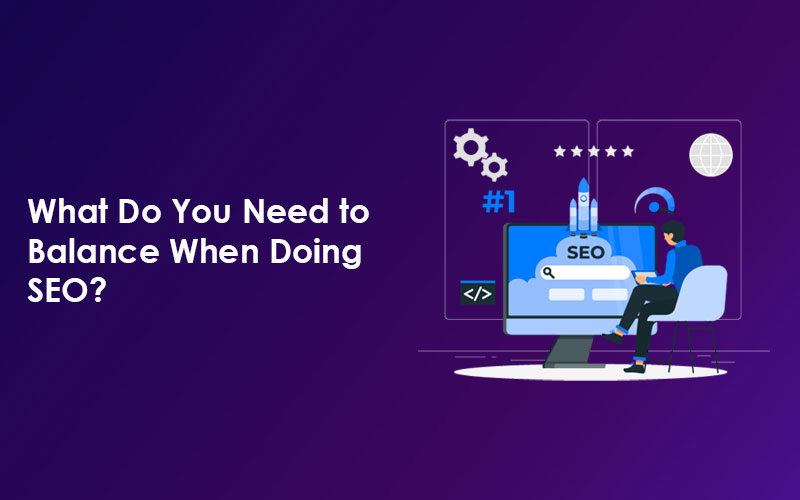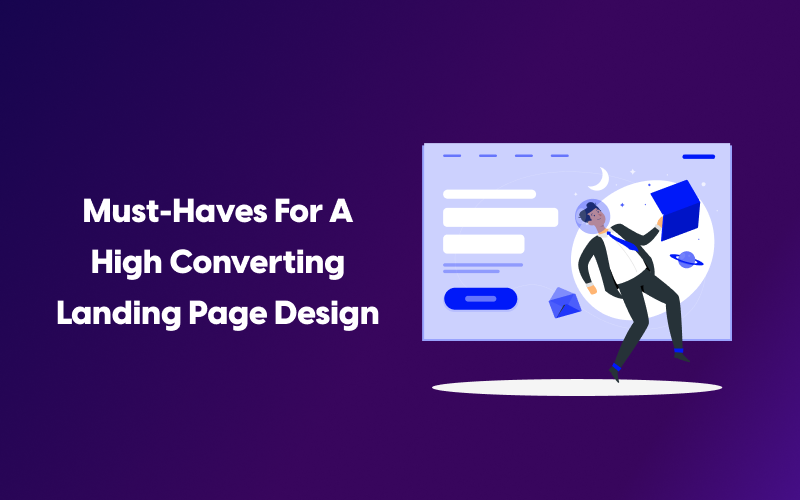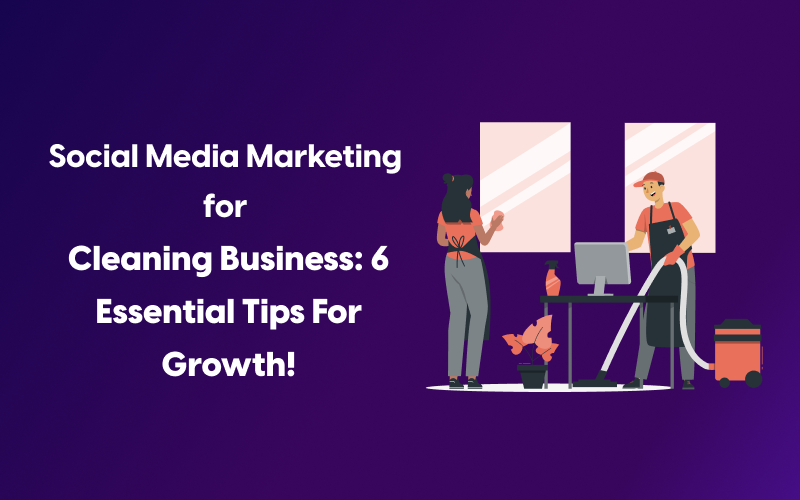SEO (Search Engine Optimization) acts as the backbone of any successful online marketing strategy. It helps businesses improve their website’s visibility, reach their target audience, and generate valuable organic traffic. By optimizing various elements, such as keywords, content, and website structure, SEO empowers businesses to climb search rankings and gain a competitive edge. Neglecting SEO means missing out on a tremendous opportunity to reach potential customers and grow your online presence.
While implementing SEO techniques is essential, it’s equally vital to strike the right balance between different SEO strategies. A well-balanced approach ensures that your optimization efforts are effective and sustainable. Too much emphasis on certain elements, such as keyword stuffing or aggressive link building, can lead to penalties from search engines. On the other hand, neglecting crucial SEO factors can hinder your website’s visibility and performance. Finding the optimal balance can maximize your chances of ranking higher, attracting organic traffic, and achieving long-term success.
The Balancing Act: What Do You Need to Balance When Doing SEO?
This blog post will delve into the key aspects of what do you need to balance when doing SEO. We will discuss the delicate balance between organic content and keyword density and the long-term strategy versus quick wins dilemma. Additionally, we will provide insights into maintaining the equilibrium between on-site optimization and off-site promotion while keeping user intent at the forefront.
1. User Experience vs. Search Engine Algorithms
While doing SEO, finding the right balance between user experience and search engine algorithms is paramount. Search engines rely on algorithms to determine website rankings; it’s crucial not to overlook the user experience aspect. By creating intuitive navigation, clear call-to-action buttons, and easy-to-read content, you can enhance user experience and keep visitors engaged.
Page load speed is another critical factor in both user experience and SEO. Optimizing your website for fast loading times through techniques like image compression, browser caching, and minimizing unnecessary scripts can significantly improve user experience and SEO performance.
In today’s mobile-centric world, ensuring mobile responsiveness is a non-negotiable aspect of SEO. Responsive design enables your website to adapt seamlessly to different screen sizes, ensuring a positive user experience across devices and boosting your search engine rankings.
While user experience takes center stage, balancing design aesthetics and SEO elements is important. A visually appealing website with a functional layout can enhance user engagement. However, it’s equally essential to incorporate relevant keywords, meta tags, and other SEO elements to optimize your website’s visibility.
2. Organic Content vs. Keyword Density
Regarding organic content vs. keyword density, the key is finding the right balance. Your content should primarily focus on delivering valuable information and meeting the needs of your target audience. By providing high-quality content that satisfies user intent, you naturally increase the chances of ranking higher in search engine results.
Strategic keyword usage and placement are crucial in optimizing your content for search engines. Conducting thorough keyword research and identifying relevant keywords enables you to strategically incorporate them into your content. By including keywords in titles, headings, meta tags, and throughout the body of your content, you signal to search engines the relevance of your content to specific search queries.
Keyword stuffing means the excessive use of keywords to manipulate search engine rankings. You need to avoid it as it compromises the quality and readability of content and can lead to penalties from search engines.
3. Long-Term Strategy vs. Quick Wins
A long-term SEO strategy requires patience and perseverance. It involves consistently creating valuable content, optimizing your website, and building a reputable online presence. While it may take time to see significant results, the long-term benefits far outweigh the quick wins that can be short-lived and potentially damaging to your website’s credibility.
Focusing on long-tail keywords is an integral part of a long-term SEO strategy. These keywords are more specific and less competitive, allowing you to target a niche audience. By incorporating long-tail keywords into your content and optimization efforts, you can attract highly relevant traffic and increase the chances of conversions.
Moreover, investing in organic growth rather than using black hat tactics is vital for building a reputable online presence. However, search engines are becoming increasingly sophisticated at detecting and penalizing such practices. Instead, focus on ethical and white hat SEO techniques, such as producing high-quality content, earning natural backlinks, and providing a great user experience.
4. SEO vs. User Intent
In the world of SEO, striking a balance between optimizing for search engines and meeting user intent is vital. Understanding and aligning your content with user search intent is crucial for driving relevant organic traffic to your website.
To optimize for user intent, providing relevant and engaging information is essential. You can craft content that significantly addresses their needs and interests by conducting thorough research on the target audience and their search behavior. It enhances the user experience and improves the likelihood of satisfying user intent and encouraging engagement.
Moreover, achieving a balance between keyword optimization and natural language is of utmost importance. While keywords contribute to search engine visibility, ensuring that your content flows naturally and is user-friendly is equally vital. Rather than forcefully cramming keywords, take a strategic approach by incorporating them seamlessly and contextually within your content.
By striking this equilibrium, you can optimize your content for both search engines and users, ultimately improving your SEO efforts’ overall quality and effectiveness.
5. On-Site Optimization vs. Off-Site Promotion
Finding the right equilibrium between on-site and off-site efforts is key. While on-site optimization establishes a strong foundation for your website, off-site promotion enhances its credibility and authority. Neglecting either aspect can limit your SEO potential.
Maximizing on-page elements and structure is an essential aspect of on-site optimization. It involves optimizing meta tags, headings, URLs, and internal linking structures to enhance the visibility and relevance of your website to search engines.
However, off-site promotion focuses on building authoritative backlinks and social signals. Backlinks from reputable and relevant websites are considered votes of confidence, signaling to search engines that your website is trustworthy and valuable. Additionally, social signals, such as shares, likes, and comments on social media platforms, indicate the popularity and relevance of your content. You can boost your website’s visibility and authority by actively seeking quality backlinks and encouraging social engagement.
Finding Your Unique Balance in SEO: The Key Tactics!
In the ever-changing realm of SEO, unveiling your perfect balance that harmonizes with your target audience and niche becomes paramount. Discovering this unique equilibrium requires a strategic blend of tactics that resonate with your audience while adapting to the evolving SEO landscape.
Delve deep into the intricacies of your target audience and niche to build a sturdy SEO foundation. Immerse yourself in their demographics, interests, and search behavior to unlock valuable insights. With this profound understanding, you can create bespoke content, optimize keywords, and implement user-centric strategies that captivate your audience and drive organic traffic.
Embrace the spirit of experimentation through A/B testing to fine-tune your SEO endeavors. Embark on an expedition of exploration, testing different approaches and variations in content, keywords, or website elements. This empirical voyage empowers you with data-driven insights, unveiling the optimal strategies that resonate most profoundly with your coveted audience.
Stay agile and adaptive as you traverse the dynamic SEO landscape. Embrace a perpetual hunger for knowledge, forging alliances with industry experts and peers to stay informed of the latest trends. Doing so, you can proactively navigate the ever-evolving landscape, ensuring your efforts remain effective and your online presence thrives.
Conclusion
We hope that you now have an idea about what you do need to balance when doing SEO. But you might feel overwhelmed with the numerous tips and techniques to maintain this delicate balance. That’s why we are here for your help! Our SEO agency is perfect for you to navigate the ever-evolving SEO landscape. So, get in touch with us today to explore how our specialized SEO services can assist you in finding and maintaining the perfect balance for achieving SEO success.





